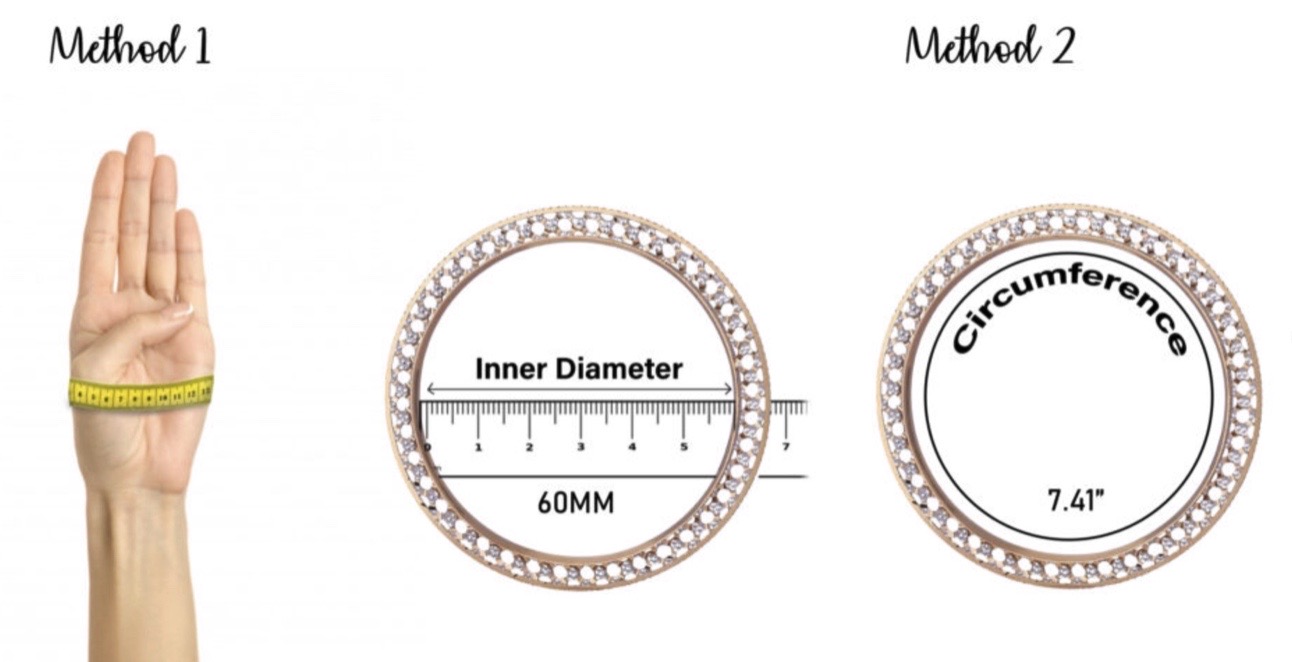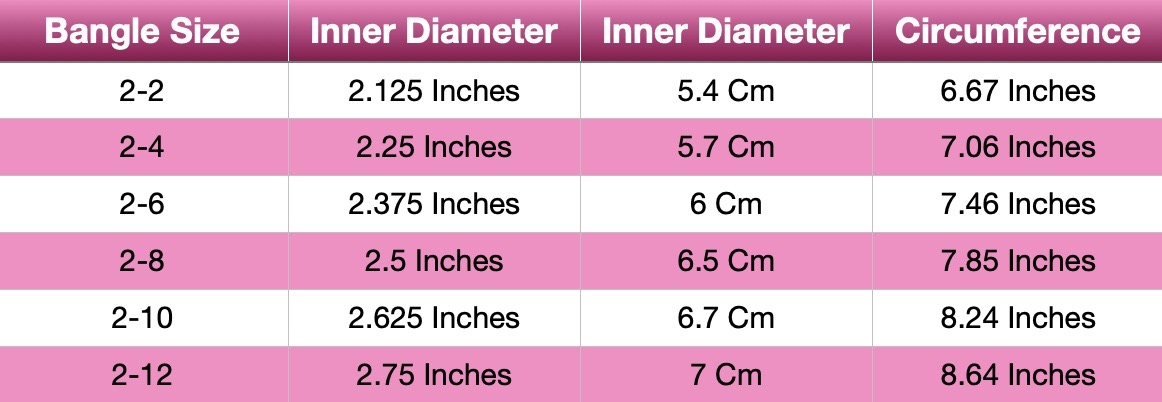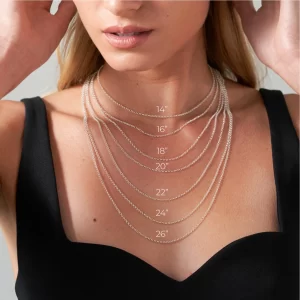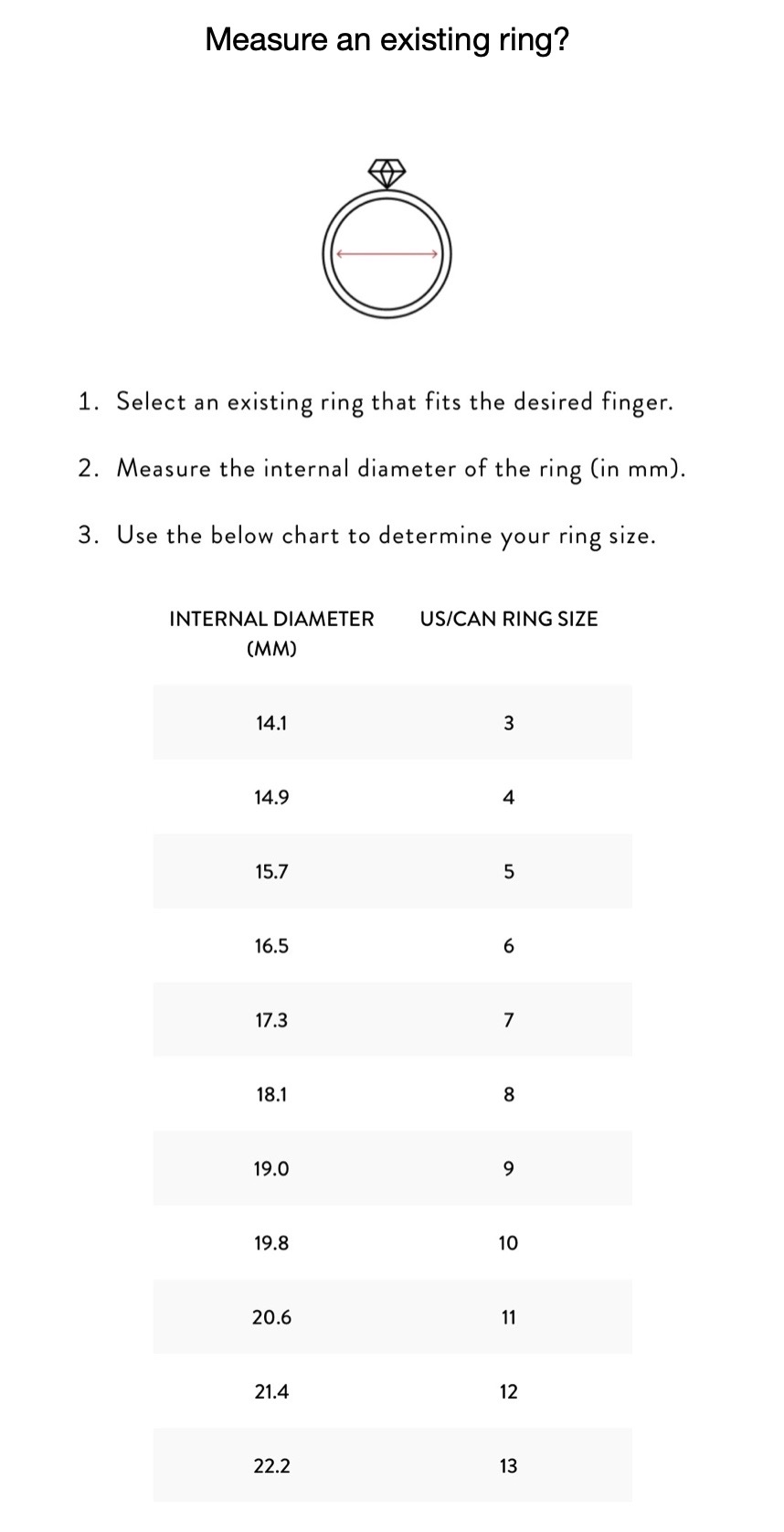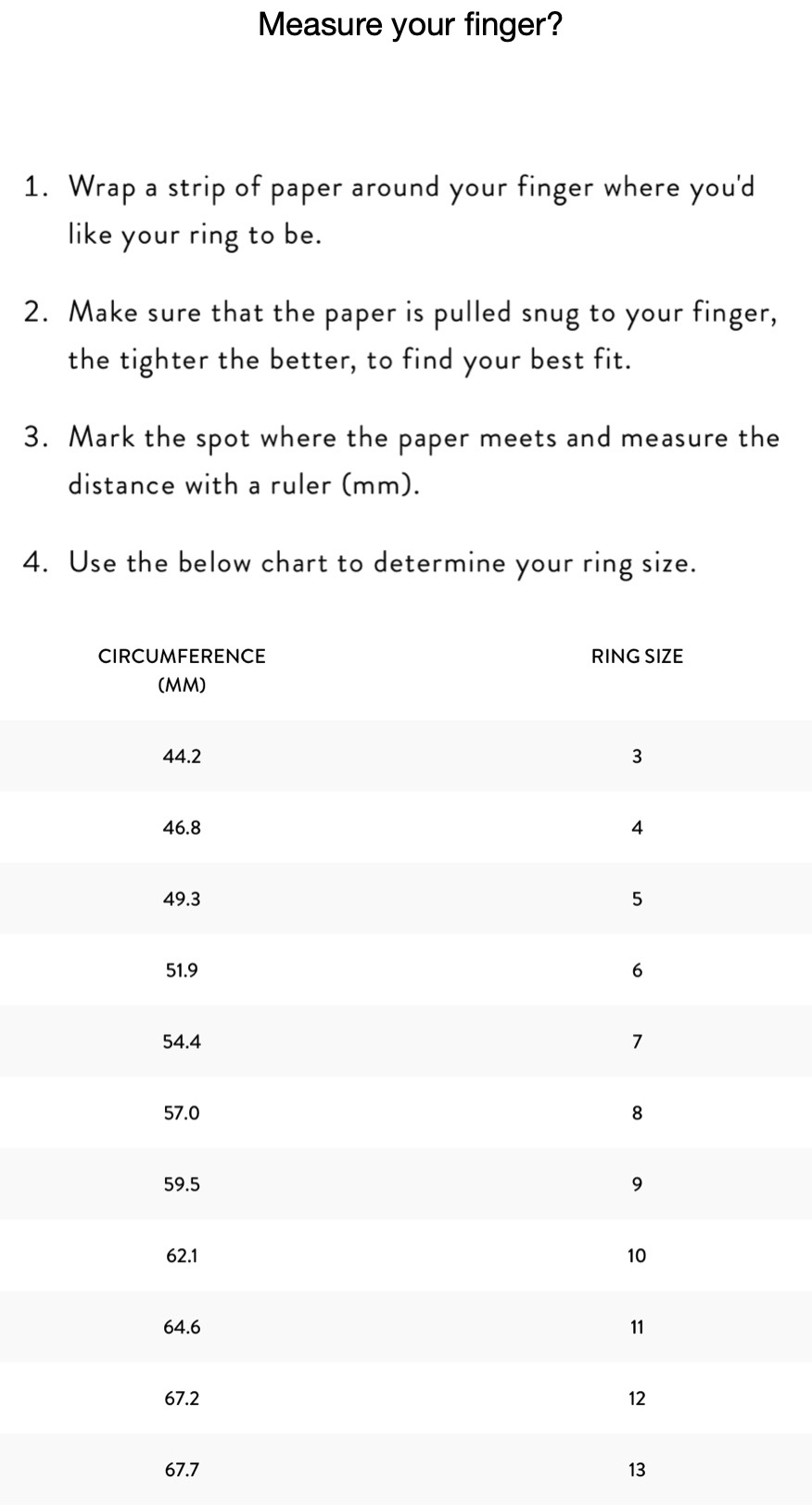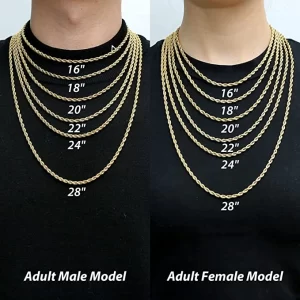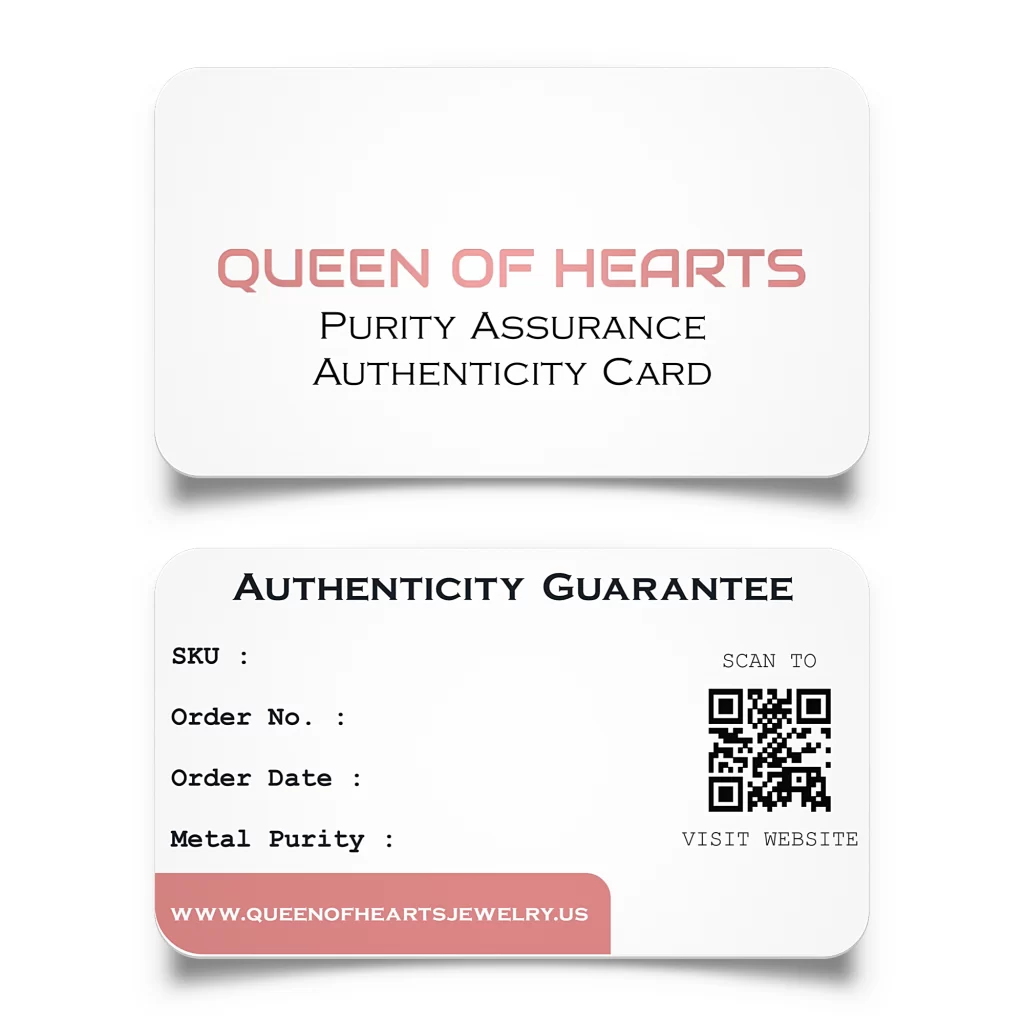What is the best chain for pendant?
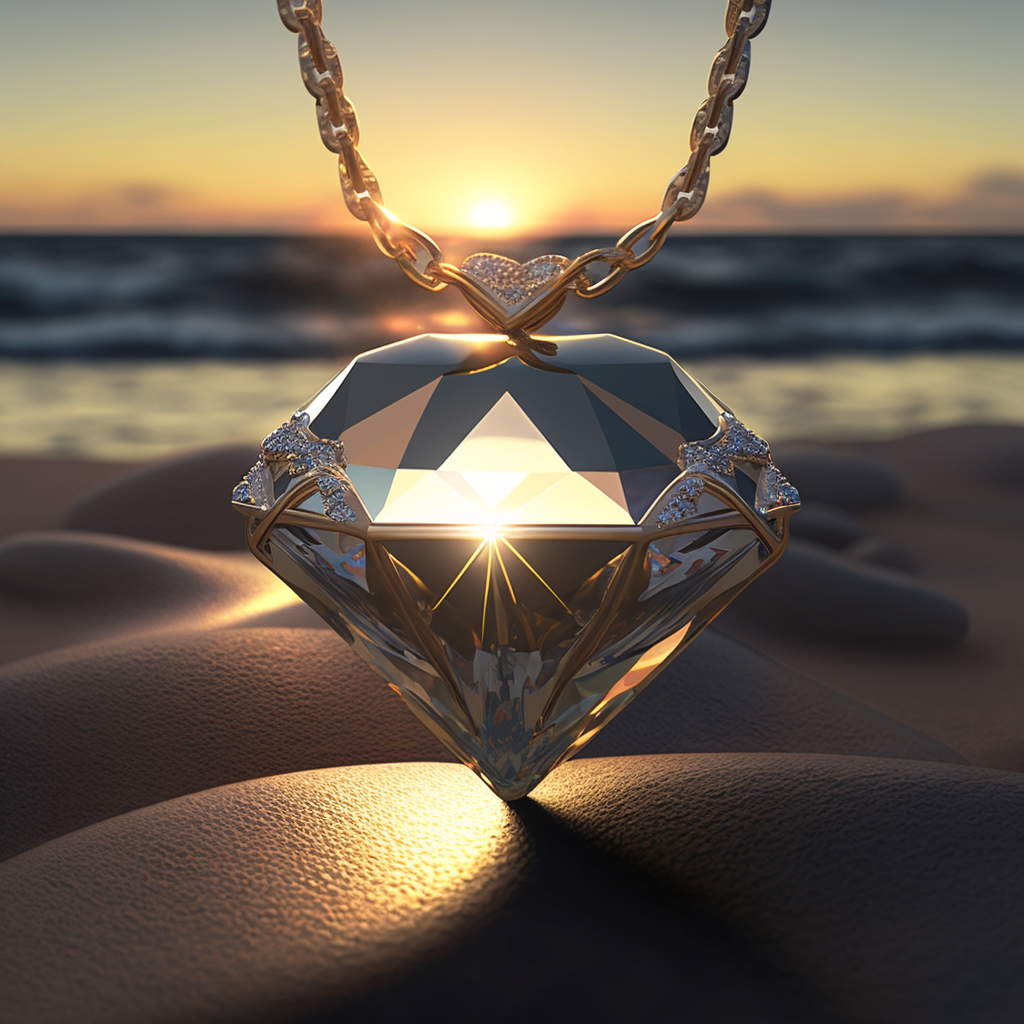
A pendant necklace is the perfect accessory for drawing attention to your natural beauty; whether you have rich brown eyes or sunny blonde hair, a striking pendant can give even the most natural look a dazzling touch of glamor.
However, choosing a pendant necklace can be slightly challenging. You’ll need to combine a sturdy necklace that corresponds with both the aesthetic and the weight of the pendant. This is especially true if your pendant represents significant sentimental value; having a strong chain will protect your pendant against loss and theft.
In this article, we’re going to go over everything you should know about buying a chain for a pendant, whether it’s a gemstone pendant or a gold pendant. Let’s have a look!
BUYING A CHAIN FOR A PENDANT: KEY CONSIDERATIONS
STRENGTH
While ‘strength’ might not be one of the first words that conjures in your mind when you think of necklaces, being strong and sturdy is a key requirement when choosing a chain for a pendant. This is because some pendants can be incredibly heavy, especially those made with authentic soft metals, such as a 22 carat gold pendant.
22k gold pendants are incredibly popular in fine jewelry, as they’re more resistant to wear but almost visually indistinguishable from pure, 24k gold. If your pendant is made with a high purity of gold, you’ll need to make sure your chain is strong enough to support it.
Dental floss doesn’t just keep your teeth clean, it can also come in handy when measuring your ring size! To measure using dental floss, take a string of floss and tie it around the finger that you’ll be wearing the ring on. When the floss begins overlapping, mark your finger with a pen.
Then, roll out the dental floss that was around your finger, measuring it using a ruler. Note the tape’s length in millimeters. Then, all you need to do is refer to the ring size guide on the site where you want to purchase your ring. Easy!
QUALITY
If your pendant represents significant sentimental value, it’s essential for you to prioritize quality when purchasing the chain for it. After all, the safety of the pendant against loss, theft, and damage is going to be dependent on the quality of the chain that carries it. A chain that is poorly made is going to fall apart easily, especially when carrying the weight of a heavy pendant. Even if your pendant is lightweight, a poor quality chain might cause irritation, come with faulty clasps, or might be prone to rusting, which can ruin the look of your necklace.
AESTHETICS
The purpose of a pendant is to draw all eyes onto the pendant itself; that’s why you’ll often find that many pendants in fine jewelry are paired with very thin, delicate chains. It’s important to be able to balance aesthetic concerns with practicality, especially if your pendant is made of a heavy, authentic soft metal.
WHAT CHAINS ARE BEST FOR A PENDANT?
CABLE CHAIN
Cable chains resemble very small, very delicate oval shapes that link together to make a necklace. What’s great about cable chains is that you can find them with larger, thicker, and more sturdy links, as well as lightweight, delicate links. Cable chains go well with all kinds of pendants.
FIGARO CHAIN
Slightly delicate and incredibly elegant, many pendants work well with a figaro chain. A figaro chain is crafted with small, metal oval shapes that interlock with one another, and link to make a chain. Figaro chains tend to sit higher up on the neck, so work best with a small pendant.
ROPE CHAIN
Popular in gold jewelry, rope chains are thicker, cylindrical chains that resemble something of a byzantine chain when worn around the neck. Rope chains work well with religious pendants, and are sturdy enough to support a heavy pendant. Like Figaro chains, snake chains tend to sit higher on the neck, so you might want to avoid pairing large or cumbersome pendants with this type of chain.
SNAKE CHAIN
Snake chains interlock so tightly that it takes a close-up view to see the interlocking parts of the chain in position. Snake chains are thick and sturdy, making them ideal for carrying a heavy gold or diamond pendant.
PAPERCLIP CHAIN
While a paperclip chain would work well to support a pendant, this more detailed chain might draw attention away from your pendant. You might be better off using a paperclip chain to create a choker, and pair it with other chains to create a layered pendant necklace.
THE BOTTOM LINE
When buying a chain for a pendant, you’re going to want to ensure that the chain is durable enough to support both regular wear and the weight of a pendant. As always, make sure to prioritize quality where possible, especially if your pendant holds sentimental or financial value.

